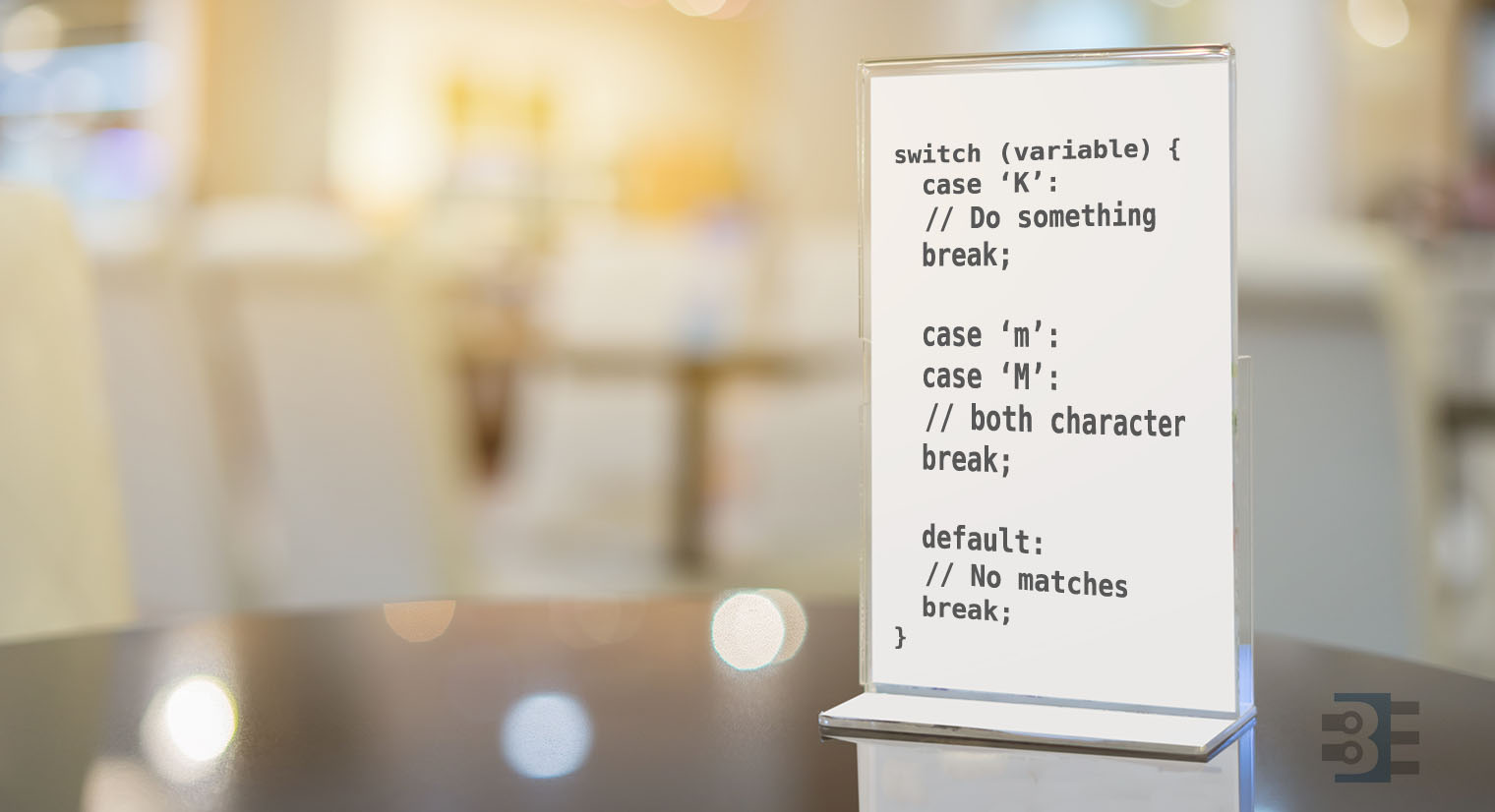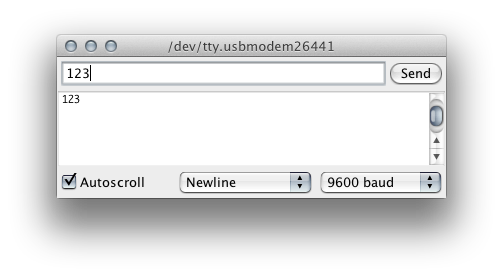Sending simple serial commands to an Arduino is the easiest way to communicate between an Arduino and a computer. The computer could be a PC, a Raspberry Pi, or any device that communicates with serial.
By sending and “decoding” a single character it is easy to add a simple debug menu or even serial menu. Plus, it is easy to extend.
Single Character vs. Full Words
The mistake I see many people make is that they try to send full-text strings as serial commands. For example, to turn on a LED, I have seen (silly) commands like “RED LED ON” or “RED LED OFF.” While you could use something like strcmp(), as I showed on the Multiple MQTT Topics example, that tends to be overkill for most serial commands.
Humans like words, computers like binary. Just send one character over serial.
switch (variable) {
case 'a':
// A Stuff
case 'b':
case 'c':
// B and C Stuff
break;
}





